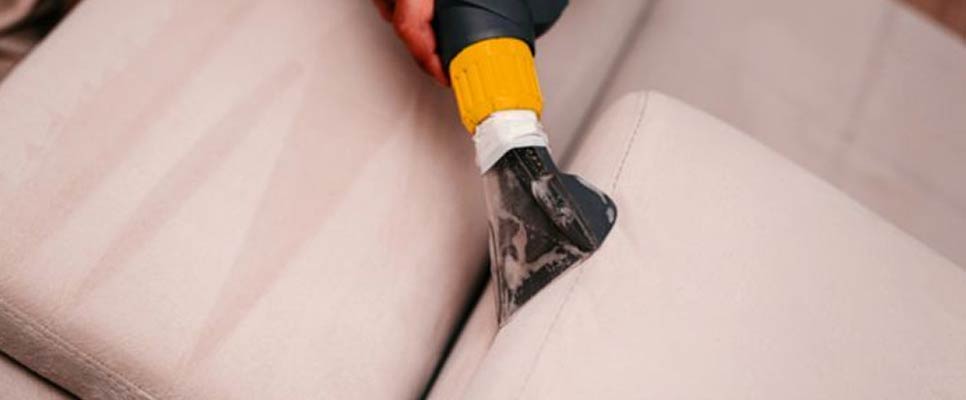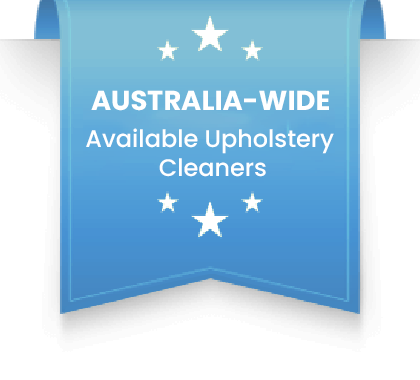Purchasing a second-hand couch is a budget-friendly way to furnish your home, but it often comes with a need for deep cleaning. Dust, odors, stains, or even hidden allergens can accumulate over time, making a thorough cleaning essential before you bring it into your living space. In this step-by-step guide, we’ll walk you through simple and effective couch cleaning techniques to breathe new life into your pre-loved furniture.
Why Cleaning a Second-Hand Couch is Crucial
A used couch may harbor dirt, bacteria, and even pests if not properly maintained. Cleaning it thoroughly offers several benefits:
- Eliminates odors: Freshens up the couch for your home.
- Removes stains: Gets rid of visible marks and blemishes.
- Sanitizes: Kills bacteria, allergens, and germs for a healthier environment.
- Improves aesthetics: Restores the couch’s original look and feel.
Step-by-Step Guide to Clean Your Second-Hand Couch
1. Inspect the Couch
Before you start cleaning, inspect the couch carefully:
- Check for stains, tears, or structural issues.
- Look for a care tag to determine the appropriate cleaning method, which may include codes like:
- W: Water-based cleaning agents.
- S: Solvent-based cleaning agents.
- WS: Both water- and solvent-based cleaners are safe.
- X: Professional cleaning only.
If you notice damage, consider professional Couch Repair and Restoration in Sydney to fix issues before cleaning.
2. Vacuum Thoroughly
Vacuuming removes surface dust, dirt, and debris:
- Use a vacuum cleaner with an upholstery attachment.
- Focus on crevices, seams, and under cushions.
- If the couch has removable covers, vacuum the cushions and the frame separately.
3. Spot Clean Stains
For visible stains:
- Mix a gentle cleaning solution (e.g., 1 tablespoon of mild dish soap with 2 cups of warm water).
- Test the solution on a hidden area to ensure it doesn’t discolor the fabric.
- Dab the stain with a clean cloth dampened with the solution, blotting gently to lift the stain.
- Rinse with a cloth dampened with plain water to remove soap residue, then blot dry.
4. Deodorize with Baking Soda
To remove lingering odors:
- Sprinkle a generous layer of baking soda over the entire couch.
- Let it sit for 20–30 minutes to absorb odors.
- Vacuum thoroughly to remove the baking soda.
5. Deep Clean the Couch
For a more thorough cleaning:
- Use a steam cleaner if the fabric permits. Steam cleaning sanitizes and removes deep-seated dirt.
- Alternatively, use a fabric-safe upholstery cleaner and follow the manufacturer’s instructions.
6. Clean Non-Fabric Parts
If your couch has wooden or metal legs or armrests:
- Wipe them down with a damp cloth and a mild cleaning solution.
- Dry immediately to prevent water damage.
7. Allow Proper Drying
Ensure the couch is completely dry before use:
- Open windows or use fans to speed up the drying process.
- If cushions are removable, place them in a well-ventilated area to dry thoroughly.
Preventive Tips to Keep Your Couch Fresh
- Use Slipcovers or Throws
Protect your couch from future stains and wear by using washable slipcovers or decorative throws. - Vacuum Regularly
Weekly vacuuming helps prevent dust and dirt buildup, keeping your couch cleaner for longer. - Set House Rules
Limit food and drink consumption on the couch to minimize spills and stains. - Apply Fabric Protector
Consider applying a fabric protector to create a barrier against future stains and spills.
Common Mistakes to Avoid
- Skipping the Test Patch
Always test cleaning solutions on an inconspicuous area to avoid damaging the fabric. - Using Excessive Water
Over-saturating the fabric can lead to water stains or mold. Use minimal water and blot dry immediately. - Neglecting Non-Fabric Parts
Don’t forget to clean and polish wooden or metal components for a complete refresh. - Ignoring Structural Issues
Address any loose frames, broken springs, or tears before cleaning to prevent further damage.
When to Call Professionals
While DIY cleaning works for most second-hand couches, professional couch cleaning services are recommended if:
- Stains are persistent and difficult to remove.
- The couch requires deep sanitizing.
- You’re dealing with delicate or vintage upholstery.
Professionals can use advanced techniques and products to restore your couch to its best condition.
Contact Us
Need help reviving a second-hand couch? Our professional couch cleaning services ensure a thorough clean, leaving your furniture fresh, sanitized, and ready to use. Contact us today for expert solutions tailored to your needs!
Conclusion
Cleaning a second-hand couch doesn’t have to be a daunting task. With the right techniques and a bit of effort, you can transform pre-loved furniture into a fresh and inviting centerpiece for your home. Regular maintenance, quick action on stains, and occasional professional care will keep your couch looking its best.
Start your cleaning routine today and enjoy the comfort and charm of a second-hand couch that feels brand new!
FAQs
Yes, vinegar mixed with water is a great natural cleaner for many fabrics. Always test it on a hidden area first.
Vacuum weekly and deep clean every 6–12 months, or as needed for stains or odors.
Use a lint roller, rubber gloves, or a vacuum with a brush attachment to remove pet hair effectively.
No, always check the care label to ensure the fabric can withstand steam cleaning.
Published on: February 18, 2025
Last updated on: April 24, 2025


